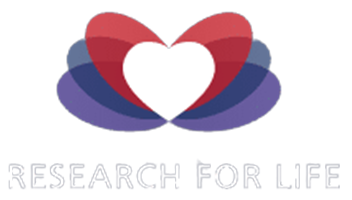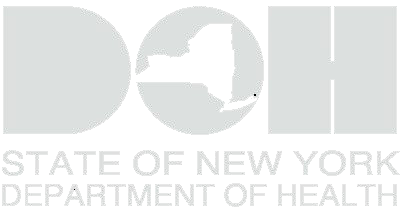
The Development of Clinical Trials
In modern medicine, clinical trials are the gold standard of clinical research. Clinical trials are well-controlled, function under a strict regulatory environment, and are a type of research study that is performed on people to evaluate a medical, surgical, or behavioral intervention. This intervention could include drugs, cells, other biological products, surgical procedures, radiological procedures, medical devices, behavioral treatments, and preventive care. People of all ages can take part in clinical trials, and they are a primary way for researchers to find out if new treatments, drugs, or medical devices are safe and effective. They also can be used to test ways to find diseases earlier while others find ways to prevent health problems altogether.
There are four phases of clinical trials:
Phase I
This phase typically tests a new drug or treatment on a small group of people (20-80) to evaluate safe dosage ranges and identify side effects
Phase II
This phase introduces a larger group of people (100-300) to test for effectiveness and monitor for any adverse effects. This stage can last several years.
Phase III
This phase is used to gather more information about safety and effectiveness by studying larger populations (up to 3,000 people) in different regions using different dosages. This is the step before approval with positive test results. This stage can also last several years.
Phase IV
This phase is after FDA approval when a device or drug’s effectiveness and safety are monitored in wide, diverse populations over a longer time frame.
Typically, a clinical trial will look something like the following:
- Research staff explain the trial and gather personal information.
- You sign a consent form.
- You are screened to make sure you qualify.
- If you accepted, you schedule a first visit or baseline visit where research conducts cognitive or physical tests.
- You are randomly assigned to a treatment or control group.
- You follow the trial procedures and report any issues or concerns to researchers.
- Some trials require you to visit the research site at regularly scheduled times for new cognitive or physical evaluations or discussions with staff. This is also when the research team will collect information about the effect of the intervention, your safety, and your well-being.
- You continue to see your regular physician for the usual healthcare.
The Beginning of Clinical Trials
The First Documented Trial
The First Formal Trial
James Lind
Introducing Placebos

Ethics and Consent
With clinical trials becoming more common by 1964, the World Medical Association drafted an internal manuscript called “Declaration of Helsinki”, due to a few ethical issues in a variety of clinical trials, which promoted voluntary involvement and informed consent in human subject research. While this document is not legally binding, it serves as the basis for laws that govern medical research, and in 1979, in The United States, the National Commission for Protection of Human Subjects in Biomedical and Behavioral Research drafted the Belmont Report which outlined the basic ethical principles: respect for persons, beneficence, and justice and laid out guidelines for conducting research.
The 1970s
Public Access
In 2000, with input from the FDA and other organizations, the NIH National Library of Medicine developed clinicaltrials.gov, a database of privately and publicly funded clinical trial studies conducted globally. It was made public on February 29, 2000, and won the Innovations in American Government Award in 2004. This site allows the public to find, learn and submit studies and offers a variety of other resources about clinical trials.
In response, in 2005 the Internal Committee of Medical Journal Editors began requiring trial registration as a condition of publication. By 2006, the World Health Organization stated all clinical trials should be registered and in 2007, they launched the International Clinical Trials Registry Platform which provides a search portal for a single point of access to the trials that are registered. Also in 2007, the requirements for submission to clinicaltrials.gov were expanded after Congress passed the Food and Drug Administration Amendments of 2007 which required more types of trials to be registered, additional trial registration information, and submission of summary results.
What’s Happening Now?
Clinical trials and research have gone on to discover groundbreaking treatments and have evolved into standardized procedures that adhere to strict regulatory and ethical requirements that are reviewed and updated frequently. As clinical research grows, there are some exciting clinical trials to watch out for this upcoming year including:
- A diabetes drug for Parkinson’s disease
- ADC (antibody-drug conjugate) for ovarian cancer
- CRISPR-Cas9 for muscular dystrophy
- Safe treatment for sleeping sickness
- Circulating tumor cells
- Lecanemab for Alzheimer’s disease
- Gene editing for sickle-cell disease



